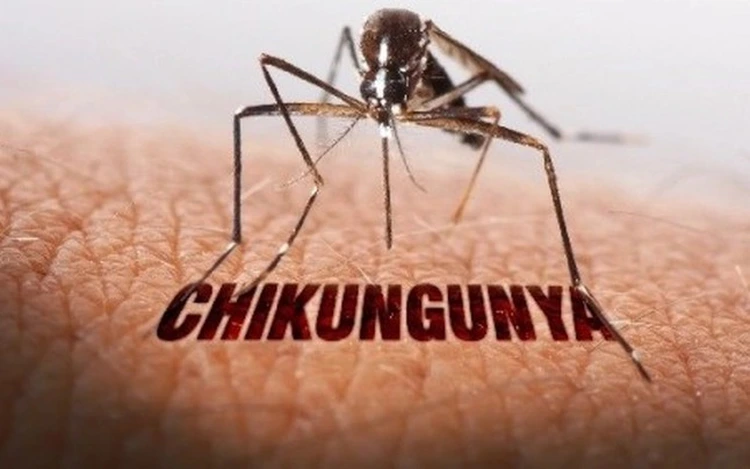
This image shows an Aedes mosquito, which transmits Chikungunya to humans. Photo: Ho Chi Minh City Department of Health
As the disease has previously circulated in Vietnam, the Ho Chi Minh City Department of Health on Sunday urged all health facilities to actively monitor for signs of infection and take measures to prevent its return.
The warning comes as the number of Chikungunya cases in China has risen rapidly, while Singapore has also reported its first cases.
Chikungunya is an acute infectious disease caused by the Chikungunya virus, primarily transmitted by Aedes aegypti and Aedes albopictus mosquitoes — the same species responsible for dengue fever and Zika virus infections.
The illness is usually mild and resolves on its own within a few days to a few weeks, though joint pain can persist for months or even years in a small number of cases, the department said.
Fatalities are very rare and generally occur only among individuals with weakened immune systems, such as newborns, the elderly, or those with underlying health conditions.
There is currently no specific treatment or vaccine for Chikungunya.
In recent decades, Chikungunya has spread to more than 110 countries and territories worldwide.
Since early 2025, the World Health Organization has reported cases on all continents, including Europe.
The disease has long been documented in Vietnam through molecular epidemiology and serological studies.
A notable recent study was conducted by the National Institute of Hygiene and Epidemiology in Hanoi and the Pasteur Institute in Ho Chi Minh City, in collaboration with Nagasaki University in Japan.
Carried out in 2017 across 31 provinces and cities in Vietnam, the research analyzed 1,063 serum samples.
The results showed that 46.4 percent of the samples contained antibodies against the Chikungunya virus, while 27.7 percent tested positive by polymerase chain reaction (PCR).
These findings suggest that the virus is strongly endemic in Vietnam.
Accordingly, the department warned that the risk of the disease re-emerging in the city remains.
In the absence of a vaccine or specific treatment, the most effective ways to prevent the disease are to avoid mosquito bites and eliminate mosquito breeding sites.
Residents are recommended to sleep under mosquito nets, wear long-sleeved clothing, use mosquito repellent, remove items that can collect standing water, and cooperate with authorities and health agencies in campaigns to eliminate mosquito larvae and spray insecticide.
Anyone experiencing symptoms such as a fever, joint pain, or rash after returning from epidemic areas, or who suspects infection should promptly seek medical attention for timely diagnosis and treatment.


Max: 1500 characters
There are no comments yet. Be the first to comment.